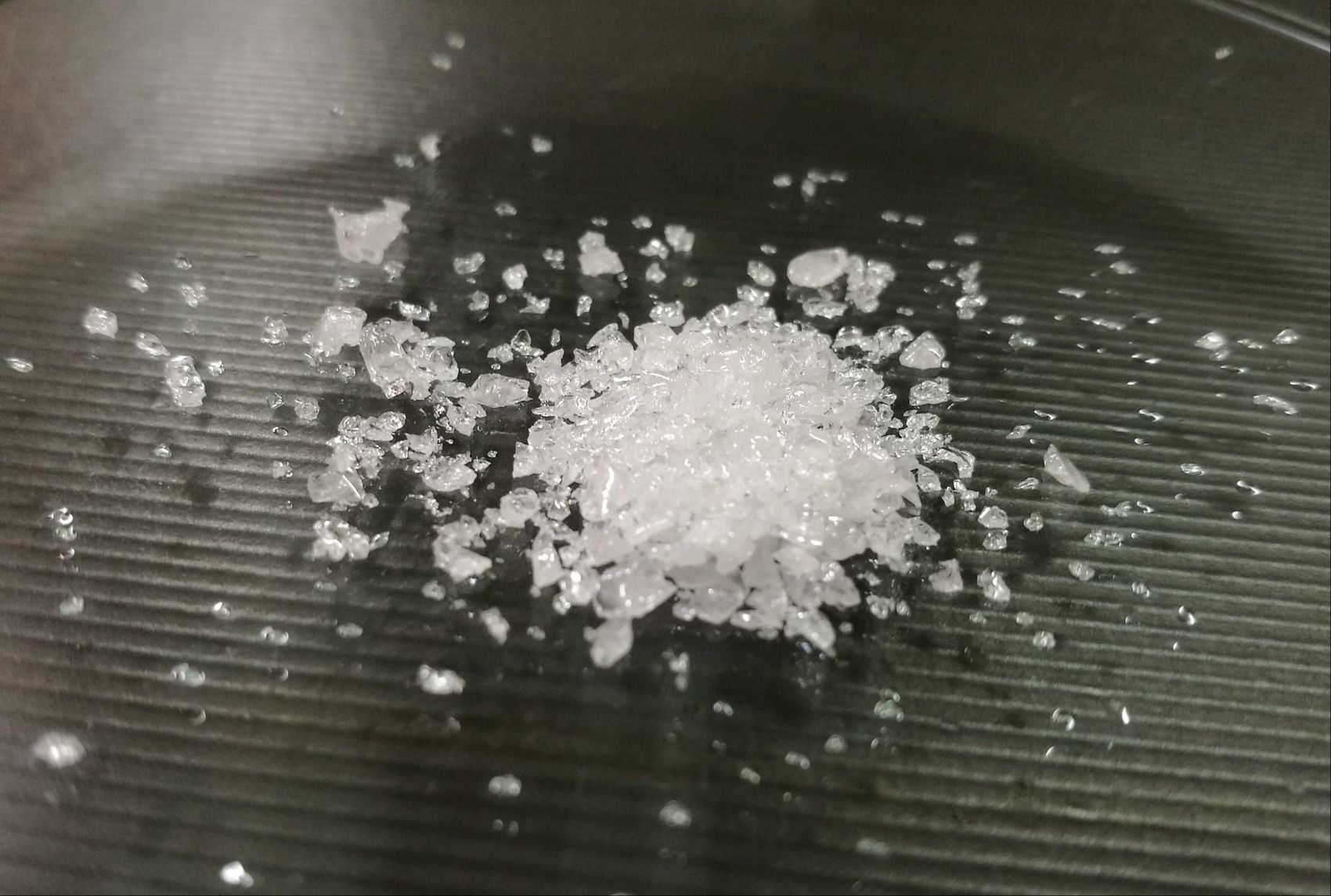
What is Antimony Pentachloride? Antimony Pentachloride, a chemical compound with the formula SbCl₅, is a colorless to pale yellow liquid. Used primarily in organic synthesis, it acts as a chlorinating agent and catalyst. This compound is highly reactive, especially with water, forming hydrochloric acid and antimony oxychloride. Handle with care due to its corrosive nature and potential health hazards. Exposure can cause severe burns and respiratory issues. In industry, it plays a role in producing flame retardants, pharmaceuticals, and dyes. Understanding its properties and uses can help in safely managing and utilizing this potent chemical.
Key Takeaways:
- Antimony Pentachloride is a highly corrosive chemical used in industry. It has historical significance and unique properties, but requires careful handling to prevent harm to people and the environment.
- Proper safety measures and environmental awareness are crucial when working with Antimony Pentachloride. Its hazardous nature demands caution to protect both human health and the natural world.
What is Antimony Pentachloride?
Antimony Pentachloride is a chemical compound with the formula SbCl5. It is a colorless or yellow liquid used in various industrial applications. Let's dive into some fascinating facts about this intriguing substance.
-
Antimony Pentachloride is highly corrosive and can cause severe burns upon contact with skin.
-
It is typically stored in glass or Teflon containers to prevent reactions with other materials.
-
This compound is used as a catalyst in organic synthesis, particularly in the production of pharmaceuticals.
-
Antimony Pentachloride reacts violently with water, producing hydrochloric acid and antimony oxychloride.
-
It has a molar mass of 299.02 g/mol, making it relatively heavy for a liquid.
Historical Background
Understanding the history of Antimony Pentachloride can provide context for its current uses and significance.
-
The compound was first synthesized in the early 19th century by French chemist Antoine Bussy.
-
Early uses included etching glass and as a reagent in chemical analysis.
-
During World War II, it was investigated for potential use in chemical warfare, although it was never deployed.
-
The name "antimony" comes from the Greek words "anti" and "monos," meaning "not alone," reflecting its common occurrence in nature with other elements.
-
Historically, antimony compounds were used in cosmetics and medicine, although their toxicity limited widespread use.
Chemical Properties
The unique chemical properties of Antimony Pentachloride make it valuable in various scientific fields.
-
It is a Lewis acid, meaning it can accept electron pairs from other compounds.
-
The compound has a trigonal bipyramidal molecular geometry, with three chlorine atoms in a plane and two above and below.
-
Antimony Pentachloride is soluble in nonpolar solvents like benzene and carbon tetrachloride.
-
It can form adducts with other Lewis bases, such as pyridine and ammonia.
-
The compound decomposes at temperatures above 100°C, releasing chlorine gas.
Industrial Applications
Antimony Pentachloride plays a crucial role in several industrial processes.
-
It is used in the production of flame retardants, helping to reduce the flammability of materials.
-
The compound serves as a chlorinating agent in the manufacture of certain polymers.
-
It is employed in the electronics industry for doping semiconductors, enhancing their electrical properties.
-
Antimony Pentachloride is used in the synthesis of organometallic compounds, which have applications in catalysis and materials science.
-
It acts as a reagent in the production of specialty chemicals, including some pesticides and herbicides.
Safety and Handling
Due to its hazardous nature, proper safety measures are essential when working with Antimony Pentachloride.
-
It should be handled in a well-ventilated area to avoid inhaling toxic fumes.
-
Personal protective equipment, such as gloves and goggles, is necessary to prevent skin and eye contact.
-
In case of a spill, neutralizing agents like sodium bicarbonate can be used to mitigate the compound's corrosive effects.
-
Antimony Pentachloride should be stored away from moisture and incompatible substances, such as strong bases and oxidizers.
-
Emergency procedures should be in place to address accidental exposure or ingestion.
Environmental Impact
The environmental implications of Antimony Pentachloride are an important consideration for its use and disposal.
-
The compound can be harmful to aquatic life, necessitating careful disposal to prevent water contamination.
-
It is not biodegradable, meaning it can persist in the environment for extended periods.
-
Regulations govern the disposal of Antimony Pentachloride to minimize its impact on ecosystems.
-
Research is ongoing to develop safer alternatives and methods for mitigating the environmental risks associated with this compound.
-
Awareness and education about the proper handling and disposal of Antimony Pentachloride can help reduce its environmental footprint.
Antimony Pentachloride: Key Takeaways
Antimony pentachloride, a fascinating compound, plays a crucial role in various industries. Known for its corrosive nature, it’s used in chemical synthesis, catalysis, and organic chemistry. Handling this substance requires caution due to its reactivity with water and organic materials. Proper storage in airtight containers ensures safety.
Its applications extend to pharmaceuticals, dye production, and polymerization processes. Despite its benefits, antimony pentachloride poses health risks, including respiratory issues and skin irritation. Always use protective gear when working with it.
Understanding these facts helps appreciate the compound's significance and the precautions needed. Whether in a lab or industry, knowledge about antimony pentachloride ensures safe and effective use. Stay informed, stay safe, and harness the potential of this powerful chemical responsibly.
Frequently Asked Questions
Was this page helpful?
Our commitment to delivering trustworthy and engaging content is at the heart of what we do. Each fact on our site is contributed by real users like you, bringing a wealth of diverse insights and information. To ensure the highest standards of accuracy and reliability, our dedicated editors meticulously review each submission. This process guarantees that the facts we share are not only fascinating but also credible. Trust in our commitment to quality and authenticity as you explore and learn with us.
